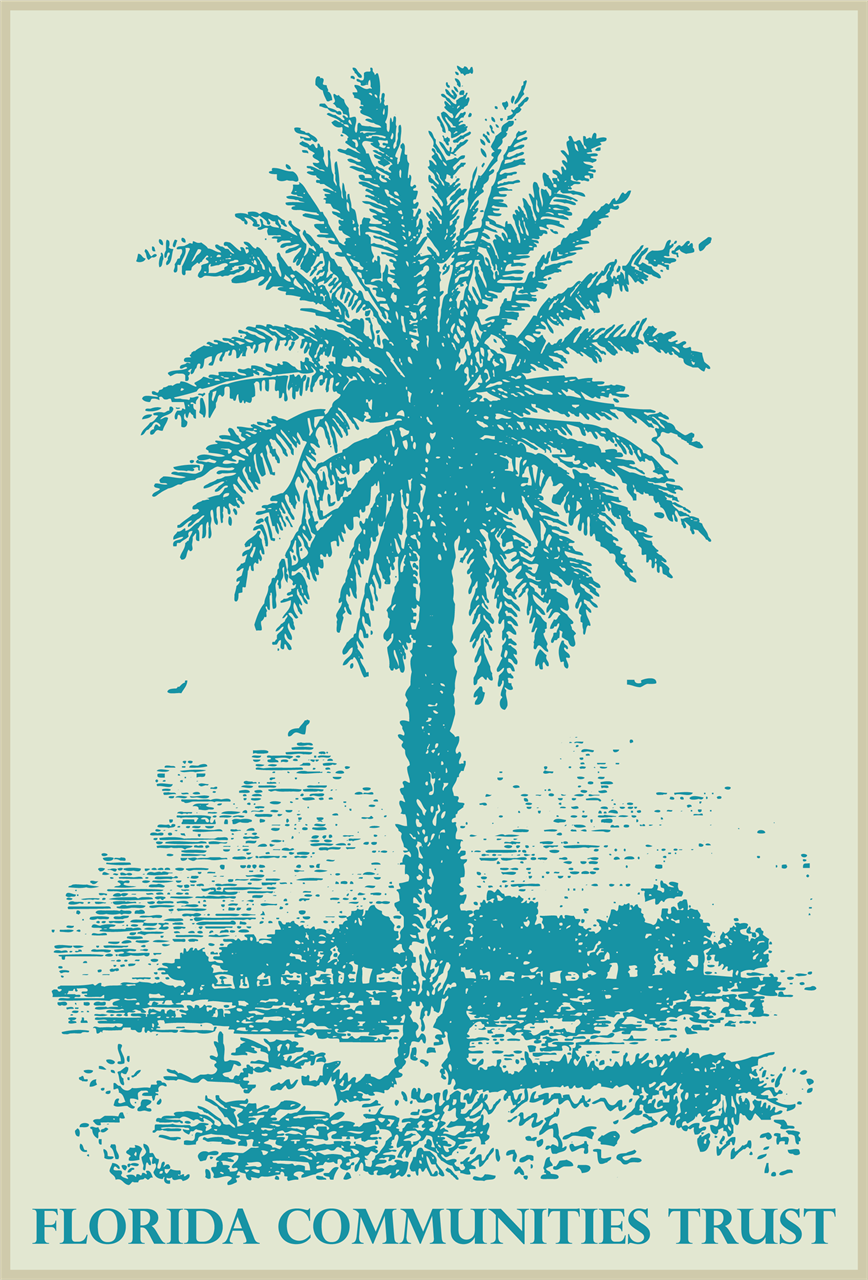Food Webs and Interdependence
While humans and many animals depend on their teeth for chewing, grinding and processing food, modern birds must use their beaks and digestive tracts. Many birds, such as the Barn Owl, must swallow their prey whole, but unlike most birds owls do not have the bag-like organ used to store food after it has been swallowed for later digestion. Instead, the food passes directly from the gullet to the gizzard, where digestive fluids and bits of sand dissolve the digestible tissues.
The indigestible parts of their meal, such as fur, bones, and feathers, form into small masses called “castings” or “pellets” and are regurgitated by the bird. Scientists dissect these pellets to learn more about the owl’s behavior and the complex nature of the food chain. Students, too, can observe and learn about owl pellets just like scientists do.
We will begin by dissecting owl pellet and then reassemble the bones found in the owl pellets to explore the skeletal system. Next, we will have a discussion of food chains, food webs, and interdependence and how it relates to our area. This lesson will enhance student understanding of the flow of energy and the interdependence of life by focusing on food chains and food webs. Finally, we will go on a walk to look for decomposers, an essential part of a food web and record observations about decomposing logs during the walk, focusing on the activity found within this micro ecosystem.
Standards we may touch upon:
Big Idea: Interdependence -
A. Plants and animals, including humans, interact with and depend upon each other and their environment to satisfy their basic needs.
B. Both human activities and natural events can have major impacts on the environment.
C. Energy flows from the sun through producers to consumers.
SC.4.L.17.2 Explain that animals, including humans, cannot make their own food and that when animals eat plants or other animals, the energy stored in the food source is passed to them.
SC.4.L.17.3 Trace the flow of energy from the Sun as it is transferred along the food chain through the producers to the consumers.
SC.4.L.17.4 Recognize ways plants and animals, including humans, can impact the environment.

 Funding for the acquisition of this site was provided by the Florida Communities Trust using Preservation 2000 funds.
Funding for the acquisition of this site was provided by the Florida Communities Trust using Preservation 2000 funds.

